Mountain lions, also known as cougars, pumas, or panthers, are among North America’s most enigmatic and elusive big cats. For wildlife enthusiasts, catching a glimpse of these magnificent predators in their natural habitat represents a rare privilege—one that comes with significant responsibility and risk. These powerful cats typically avoid human contact, but their expansive range and adaptable nature mean encounters are possible across diverse landscapes. This article explores the best locations to potentially observe mountain lions safely, the behaviors that indicate their presence, and the crucial safety protocols that must be followed if you decide to venture into cougar country.
Understanding Mountain Lion Distribution

Mountain lions maintain one of the most extensive ranges of large mammals in the Western Hemisphere. In North America, their territory spans from the Canadian Yukon to the southern Andes in South America. Within the United States, mountain lions primarily inhabit the western states, with established populations in California, Oregon, Washington, Idaho, Montana, Wyoming, Colorado, New Mexico, Arizona, Utah, Nevada, Texas, and Florida (where they’re known as Florida panthers). Recent evidence suggests these adaptable predators are gradually reclaiming portions of their historical range in the Midwest and eastern United States, although sightings remain extremely rare in these regions. Understanding their distribution is the first step in identifying potential observation opportunities while recognizing that these animals are protected in many jurisdictions.
Prime Mountain Lion Habitat Characteristics

Mountain lions prefer diverse terrain that offers abundant prey, water sources, and cover for stalking and denning. They thrive in habitats ranging from dense forests and rocky canyons to desert scrublands and mountain slopes. These cats favor landscapes with steep, rugged terrain that provides vantage points for hunting and escape routes from threats. Riparian zones (areas along rivers and streams) are particularly attractive to mountain lions as they serve as natural wildlife corridors and concentrate prey animals. The cats require large territories—males typically establish ranges of 50-150 square miles, while females maintain smaller territories of 20-60 square miles. This extensive spatial requirement means that protected wilderness areas, national parks, and large tracts of undeveloped land offer the best opportunities for potential sightings.
California’s Mountain Lion Hotspots

California hosts one of North America’s most robust mountain lion populations, estimated between 4,000-6,000 individuals. The state’s diverse ecosystems provide ideal habitats across multiple regions. The Santa Cruz Mountains and surrounding Santa Clara County represent significant hotspots, where mountain lions navigate the interface between wilderness and expanding human development. The vast expanses of Los Padres National Forest in central California provide excellent habitat, particularly in the Ventana Wilderness and Big Sur coastline. Further south, the eastern slopes of the Sierra Nevada range and the San Bernardino Mountains contain healthy populations. For wildlife enthusiasts, locations like Anza-Borrego Desert State Park, Sequoia and Kings Canyon National Parks, and the remote northern sections of Cleveland National Forest offer potential observation opportunities. California’s mountain lions are protected from sport hunting, contributing to more stable populations compared to some other western states.
Colorado’s Mountain Lion Territory

Colorado supports approximately 3,000-7,000 mountain lions across its diverse landscape of mountains, plateaus, and canyons. The western slope of the state, particularly areas around Glenwood Springs, Grand Junction, and Durango, contains some of the densest cougar populations. Rocky Mountain National Park, while home to mountain lions, rarely yields sightings due to the cats’ secretive nature and the park’s high visitor numbers. More promising locations include the remote sections of Uncompahgre National Forest, the West Elk Wilderness, and the extensive Weminuche Wilderness in the San Juan Mountains. The Front Range foothills near Boulder, Fort Collins, and Colorado Springs experience increasing mountain lion activity as urban development pushes into traditional habitats. Colorado Parks and Wildlife actively monitors these populations, making their ranger stations valuable resources for current information on mountain lion activity and sighting reports.
Arizona and New Mexico’s Desert Mountain Lions

The arid landscapes of Arizona and New Mexico host distinctive desert-adapted mountain lion populations. In Arizona, the Mogollon Rim provides exceptional habitat with its mix of ponderosa pine forests and deep canyons. The Sky Island mountain ranges of southeastern Arizona—including the Santa Catalina, Chiricahua, and Huachuca Mountains—support isolated but stable mountain lion populations amid desert surroundings. The remote North Rim of Grand Canyon National Park also offers potential sighting opportunities with fewer visitors than the South Rim. In New Mexico, the Gila National Forest and Wilderness contains one of the Southwest’s largest contiguous forested areas and harbors significant mountain lion populations. The Sangre de Cristo Mountains and Carson National Forest in northern New Mexico provide extensive habitat where lions follow seasonal deer migrations. Both states manage mountain lions as game animals with regulated hunting, which affects population density but maintains healthy numbers across suitable habitats.
Montana and Wyoming’s Wilderness Populations
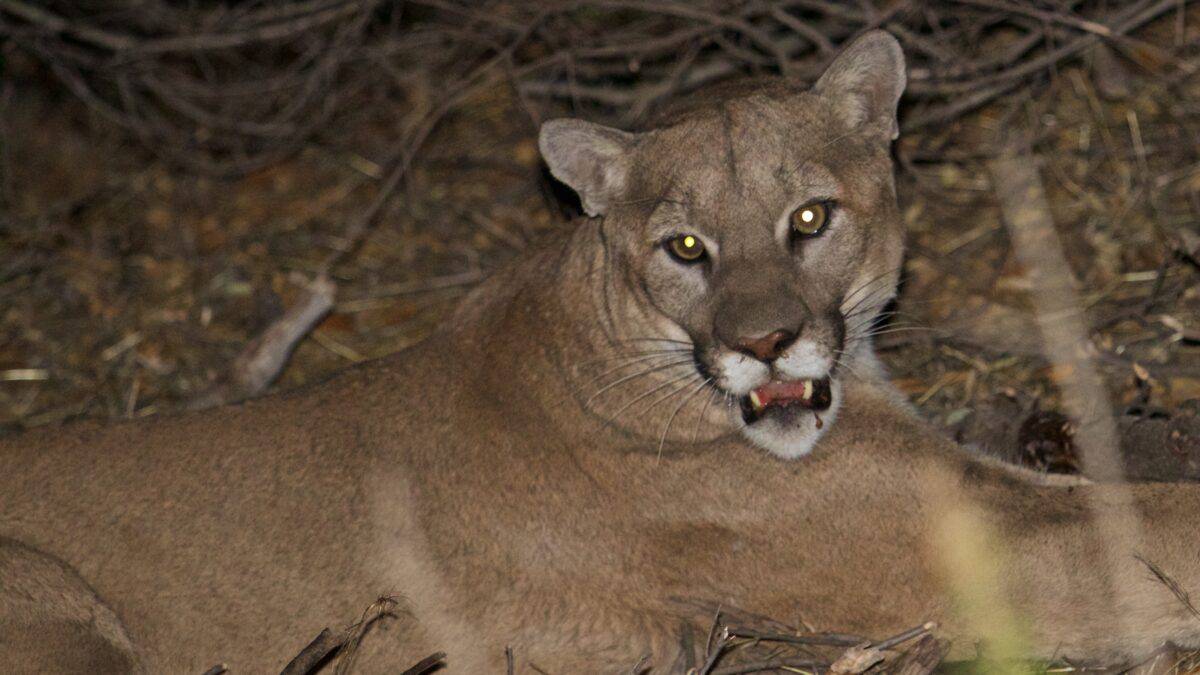
Montana and Wyoming feature some of North America’s most pristine mountain lion habitat within their vast wilderness areas and national forests. Montana’s Bob Marshall Wilderness Complex spans over one million acres of remote terrain where mountain lions roam alongside other large predators like wolves and grizzly bears. The state’s western mountains, particularly around the Bitterroot Range and Cabinet Mountains, contain excellent habitat with minimal human disturbance. In Wyoming, the Greater Yellowstone Ecosystem supports a healthy mountain lion population, though sightings within Yellowstone National Park itself remain exceedingly rare. The Wind River Range and Wyoming Range offer extensive remote habitat where lions can be found following deer and elk herds. These northern Rockies populations often exist at lower densities than those in more southerly states due to harsher winters and competition with other large predators, but the expansive protected areas provide critical refuges for these apex predators.
Florida’s Endangered Panthers
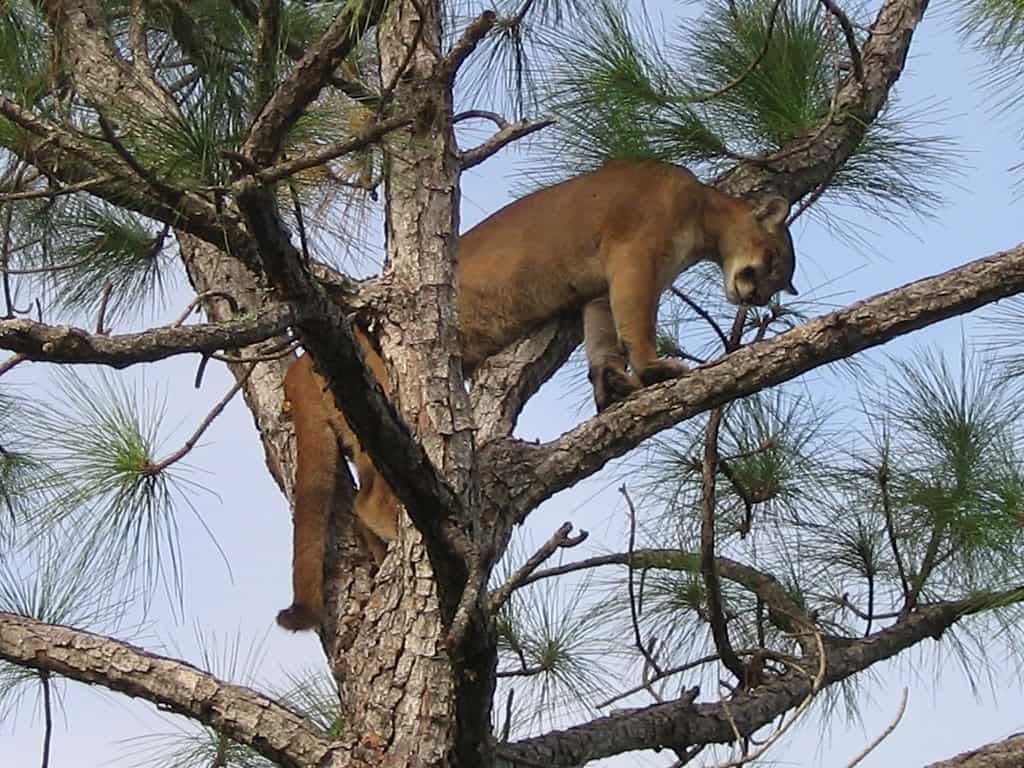
The Florida panther represents the only confirmed breeding population of mountain lions east of the Mississippi River. This critically endangered subspecies, numbering approximately 120-230 individuals, is confined primarily to southwest Florida. The core of their territory centers on the Greater Everglades Ecosystem, particularly within Big Cypress National Preserve, Fakahatchee Strand Preserve State Park, and Florida Panther National Wildlife Refuge. These protected areas contain the essential mosaic of cypress swamps, pine flatwoods, and hardwood hammocks that panthers require. Scattered sightings occasionally occur in Everglades National Park and north into central Florida as the population slowly recovers. The Florida Fish and Wildlife Conservation Commission maintains an extensive monitoring program using GPS collars and trail cameras, making their visitor centers valuable resources for information. Due to their endangered status, intentional searching for Florida panthers should be conducted only through official wildlife viewing programs with appropriate guidance.
Signs of Mountain Lion Presence
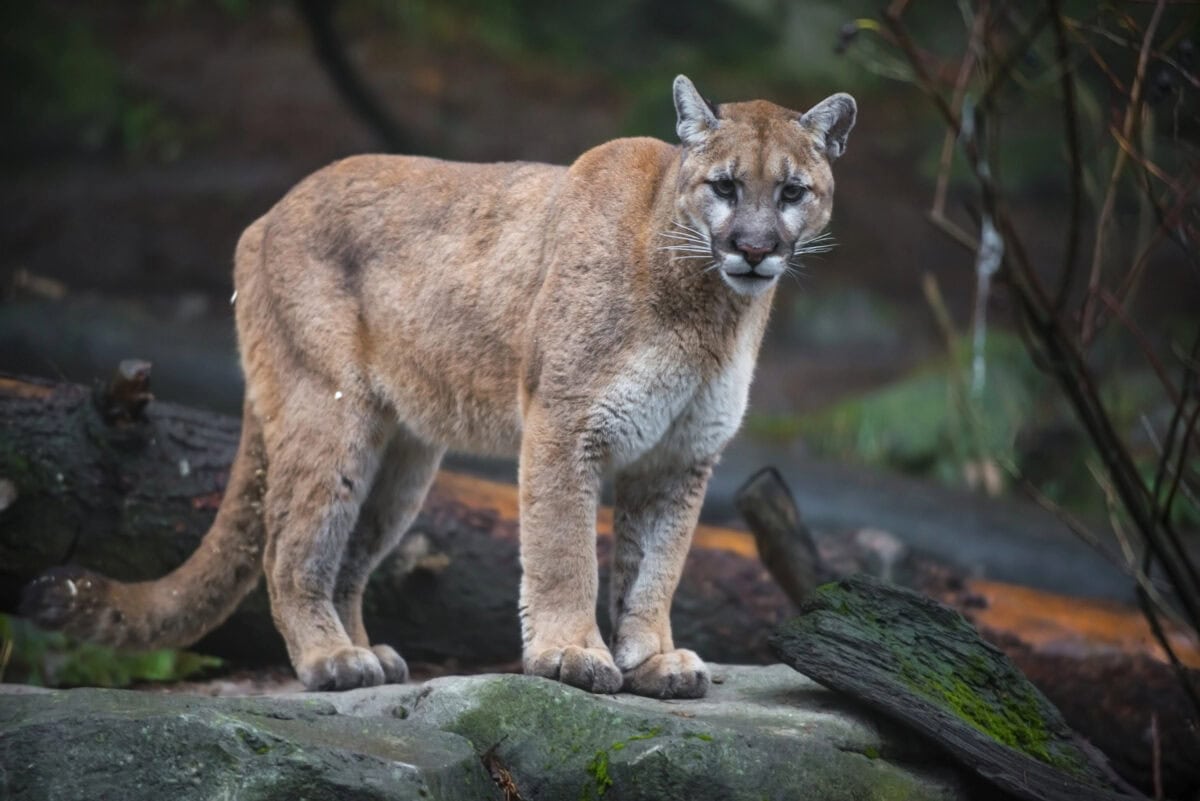
Recognizing evidence of mountain lion activity dramatically increases the likelihood of responsible observation. Tracks represent the most definitive sign—mountain lion prints are rounded, approximately 3-4 inches wide, with four toes and no visible claw marks (unlike canine tracks). They frequently leave scrapes on the ground—distinctive mounds of leaves, pine needles, or dirt that males create to mark territory and attract females. Mountain lion scat typically measures 1-1.5 inches in diameter, often contains fur and bone fragments, and is frequently deposited at prominent sites along trails or ridgelines as territorial markers. Carcasses of prey animals represent another indicator; unlike wolves or bears, mountain lions typically cover their kills with debris and return to feed over several days. Listen for vocalizations during dawn and dusk—mountain lions produce a distinctive range of sounds from chirps and whistles to the famous (though rarely heard) scream. Wildlife corridors, game trails near water sources, and ridgelines with good visibility serve as prime observation locations when these signs are present.
Best Times and Strategies for Observation

Mountain lions are primarily crepuscular and nocturnal hunters, making dawn and dusk the optimal times for potential sightings. Winter months often increase observation opportunities as lions follow prey to lower elevations and their tracks become visible in snow. Strategic positioning is essential—finding elevated vantage points overlooking meadows, water sources, or natural funnels where wildlife concentrate improves chances while maintaining safe distances. Patience represents the most critical factor; successful wildlife photographers and researchers may spend weeks in the field before documenting mountain lions. Using optics like quality binoculars or spotting scopes extends viewing range while minimizing disturbance. Trail cameras offer a non-invasive alternative, capturing images without human presence. Some wildlife management areas and conservation organizations occasionally offer guided experiences with knowledgeable naturalists who understand local mountain lion behavior and territory. Regardless of approach, observation should always prioritize the animal’s welfare and natural behavior over obtaining closer views or photographs.
Essential Safety Protocols

Safety must remain the paramount concern when in mountain lion territory. Always travel in groups—mountain lions rarely approach multiple people together. Make noise while hiking to avoid surprising a lion, especially in areas with limited visibility or near suspected feeding or denning sites. Keep children close and under constant supervision as their smaller size and quick movements may trigger predatory responses. Dogs should remain leashed; they can provoke defensive responses from mountain lions or lead an angry cat back to their owners if they run off. Maintain awareness of your surroundings and watch for signs of mountain lion presence discussed earlier. If camping, prepare and store food properly to avoid attracting prey animals that might subsequently attract mountain lions. Carry bear spray as an effective deterrent if an encounter escalates. Mountain lion attacks remain extremely rare—typically fewer than five attacks occur annually across North America—but understanding proper response protocols could prove lifesaving in the unlikely event of an aggressive encounter.
How to React During an Encounter
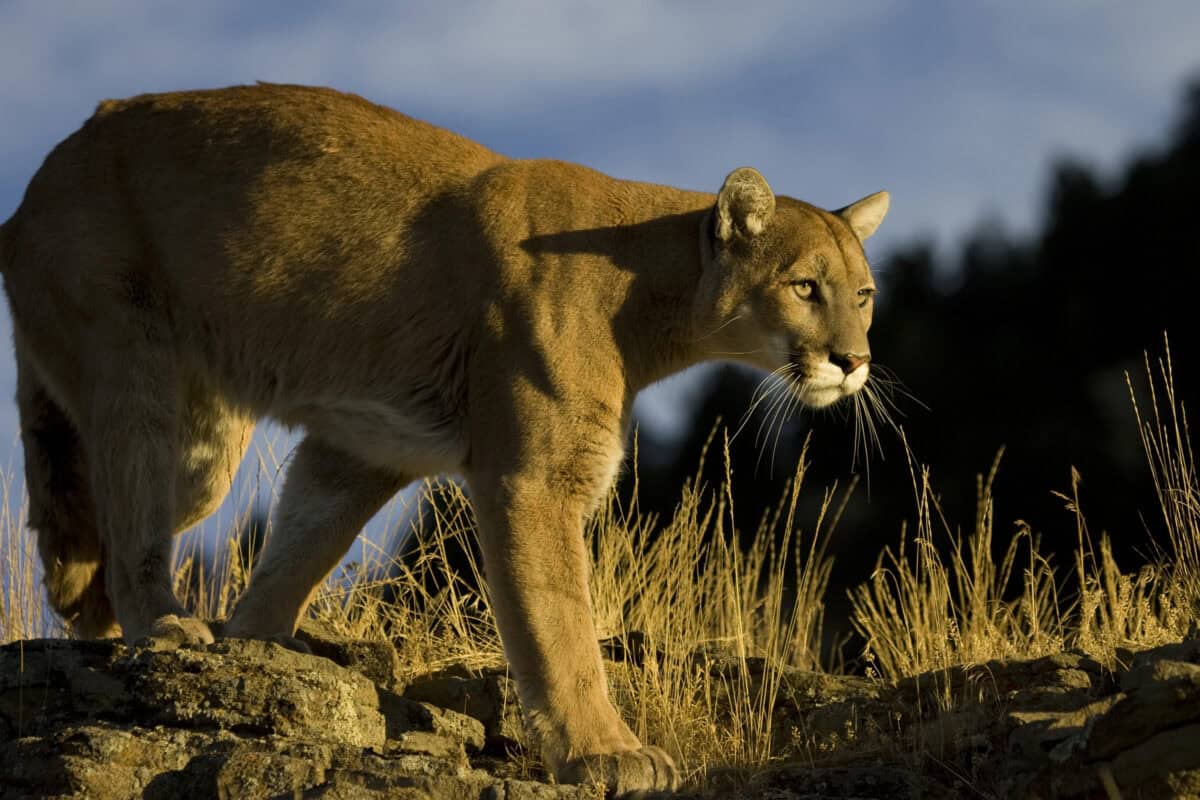
If you are fortunate (or unfortunate, depending on perspective) enough to encounter a mountain lion, proper response is critical. Stop and stand your ground—running triggers a chase instinct and mountain lions can sprint at 45 mph. Make yourself appear larger by raising arms, opening jackets, or lifting backpacks above your head. Maintain direct eye contact to communicate that you are not prey. Speak firmly in a loud, confident voice without screaming, which might sound like prey in distress. Back away slowly if possible, giving the animal an escape route without turning your back. If traveling with others, gather together to appear as one larger threat rather than separating. Never approach a mountain lion, especially one that appears calm or unafraid—this may indicate habituation to humans or the defense of a nearby kill or cubs. In the extremely rare case of an attack, fight back aggressively using whatever is available—sticks, rocks, jackets, or bare hands targeting the eyes and nose. Playing dead is not recommended with mountain lions, as unlike bears, they typically continue attacks unless actively deterred.
Ethical Wildlife Observation Practices

Responsible wildlife observation requires adherence to ethical standards that prioritize animal welfare over personal experience. Maintain appropriate distances—wildlife experts recommend staying at least 100 yards from predators like mountain lions. Learn to recognize stress behaviors such as tail flicking, intense staring, crouching, or ear movements that indicate your presence is affecting the animal negatively. Never attempt to bait or call mountain lions closer for better viewing or photography. Avoid sharing specific locations of mountain lion sightings on social media, which can lead to harmful crowding and habituation. Support conservation efforts through organizations working to protect mountain lion habitat and promote coexistence with these predators. Choose guides and wildlife tours that emphasize education and responsible viewing practices rather than guaranteeing close encounters. Remember that a brief glimpse or even just finding evidence of a mountain lion’s presence represents a successful wildlife experience—these animals have evolved to remain unseen, and respecting their natural behavior honors their wild nature.
Conclusion: The Privilege of Coexistence
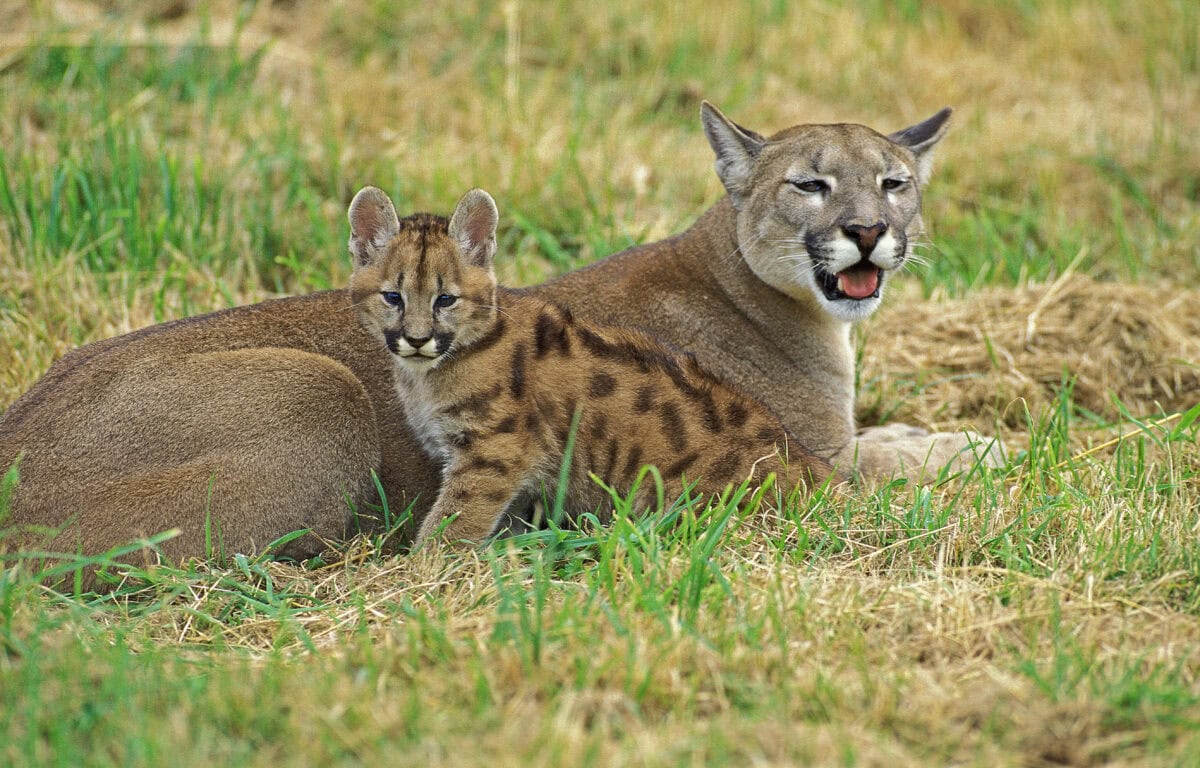
Seeking mountain lions in their natural habitat represents both an extraordinary privilege and a profound responsibility. These magnificent predators, once persecuted throughout their range, now face the challenges of habitat fragmentation and human encroachment while gradually reclaiming portions of their historical territory. The rarity of mountain lion sightings—even for those who spend lifetimes in their habitat—underscores the special nature of any encounter with these elusive cats. As we venture into their domain, we must approach with humility, preparedness, and respect for their wild nature and ecological importance. Whether your quest yields a fleeting glimpse, a track in mud, or simply the awareness that you walk in the shadow of North America’s great cat, the experience connects us to something increasingly precious—wild places where natural processes unfold beyond human control, reminding us of our place within rather than apart from the natural world.
- The Only Mammal That Can Breathe Through Its Skin - August 19, 2025
- How to Win Over Judges in Dressage Competitions - August 19, 2025
- Is There Hope for the Critically Endangered Amur Leopard? - August 19, 2025

